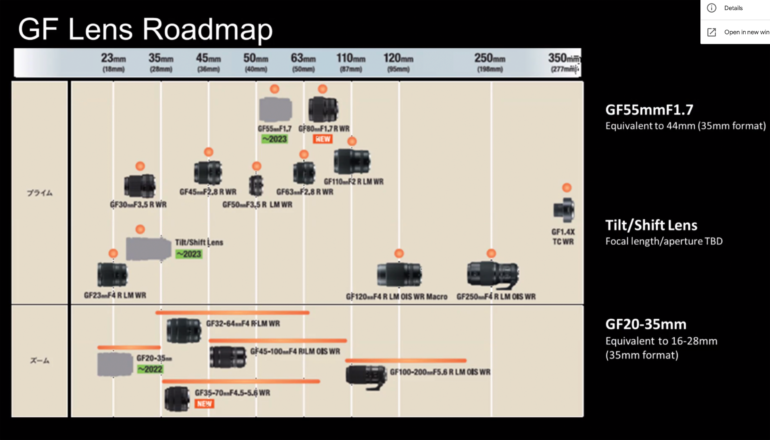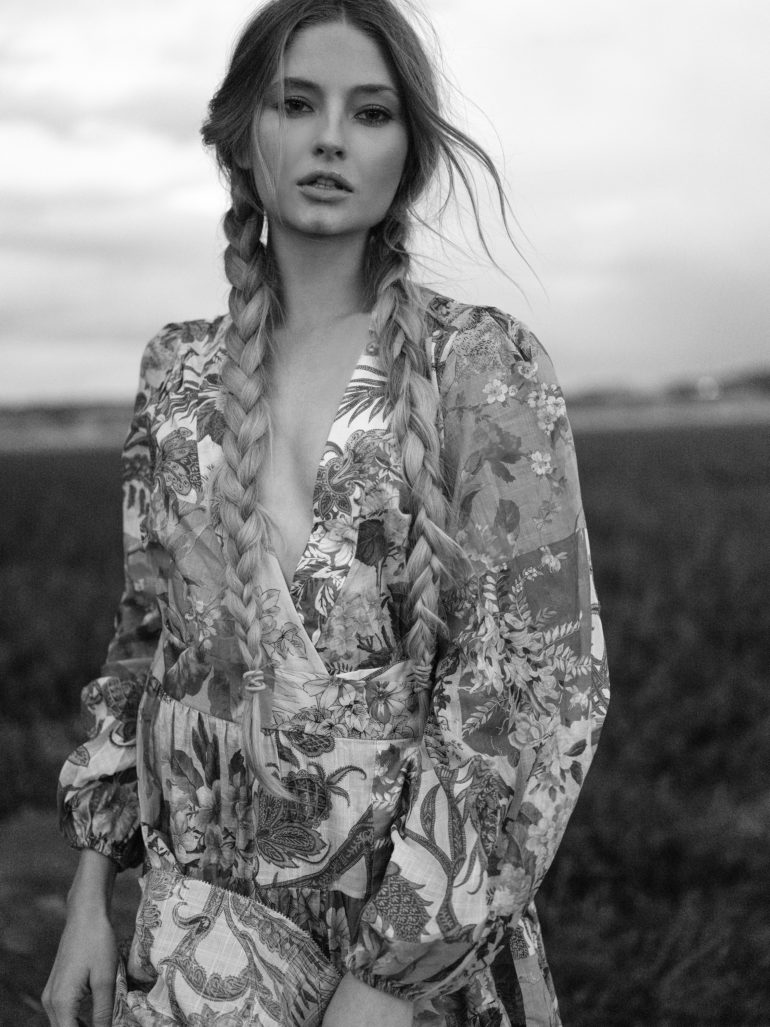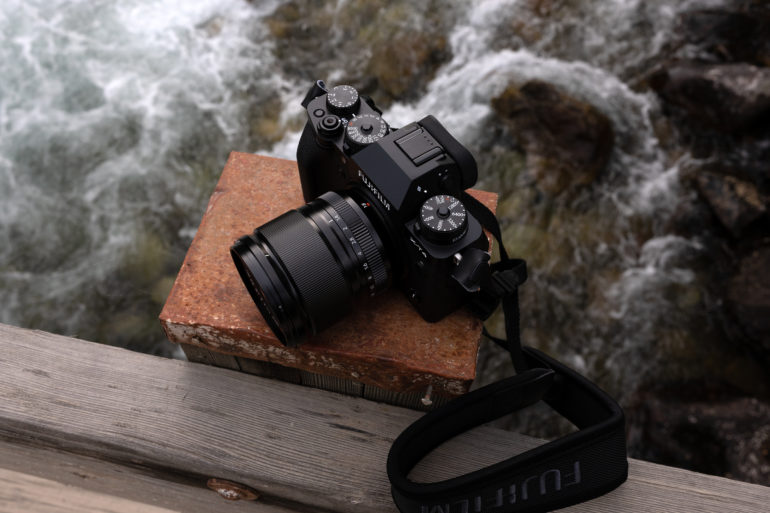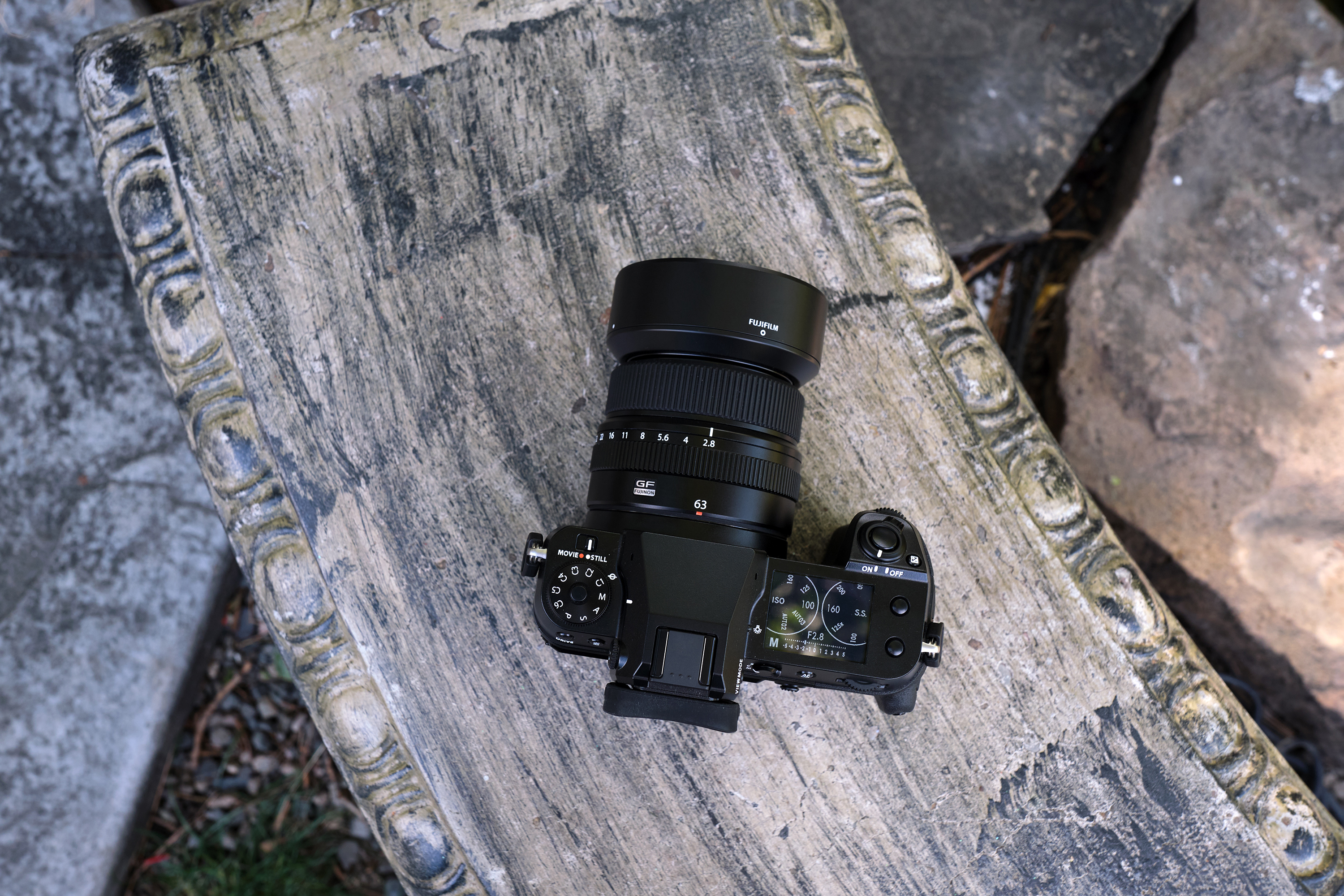Fujifilm has quickly become one of my favorite camera systems to shoot with. Their color science works impeccably well for my fashion and portraiture work. Plus, they have been on a mission to make medium format more accessible than ever. Annie Leibovitz is among the more notable photographers to have made the switch to GFX.
We hate banner ads too. Download our app for iOS, iPad, and Android and get no banner ads for $24.99/year.
But I have been teetering on the fence for a few months now. There are a few things I hope Fujifilm listens to and implements in the near future. If they took my wishlist for GFX into consideration, I think they would see a lot more photographers comfortably switch in the future.
Table of Contents
Faster Primes

One of the most glaring drawbacks of Fujifilm GFX is the lack of fast prime lens options. There is a new 50mm f1.7 slated for 2023, bringing it to a grand total of three lenses at f2 or wider. That’s not a lot. Medium format is slower than full frame: a given downside that we accept when entering the system. However, the lack of fast prime lenses prevents many photographers from leaping in the first place.
Fujifilm should double down on its future lens roadmap. I would love a 45mm f1.8, 63mm f1.8, and even a 35mm f1.8. Also, consider adding a few wide tilt-shift f2.8 options. Many real estate and architectural photographers would gladly throw money at this for a GFX option. The direction of full-frame mirrorless with increasing megapixel sensors dictates that this versatility will be necessary to remain competitive in the upcoming years.
Please Don’t Sacrifice Character for Perfection

The quest for technical perfection on paper is the newest trend for many manufacturers. It’s boring as hell. One of the best features of shooting with Fujifilm is how little editing, if any, is required on the backside.
Please, please, please, do not opt for precision, as it will necessitate a heavier hand when editing to get the same result. Lean into that. If there were one area that could stand an improvement, it would be bokeh. I appreciate that it’s not uniform and has some character, but it could be silkier. Take a note from Leica and trust that photographers will invest accordingly.
Keep Adding Film Simulations
As mentioned above, the lack of editing required with Fujifilm is a significant reason to buy into the system. Many photographers buy actions, presets, and style packs to emulate film. The included film simulations negate the need to do it in post. My favorites are Classic Chrome and Classic Negative, depending on the light temperature. And a few more options would be met with open arms.
Improved Autofocus
The inclusion of IBIS with Fujifilm GFX are awesome additions. However, the autofocus could still stand to see a significant upgrade to its performance. This is especially true when shooting in low light conditions with the GFX50s II. I had to be very patient while it hunted to achieve focus when shooting with low-powered lighting. Snappier autofocus will make the lineup more versatile and competitive.
High ISO Performance

I considered giving the GFX50s II a five-star rating until it came to the high ISO print test we do. It underperformed at ISO 3200 compared to other lower-end offerings on the market. And at 6400, it was clear that a four-star rating was fair. A simple firmware update could potentially improve this for the entire current lineup. In the future, this would be an excellent area to reconsider. Even so, Fujifilm does grain well if you are willing to embrace it. If 100MP is where it’s at in the future, please include a 50MP lossless option. And never stop the quest for improved processing power regardless of sensor size.
Lean Into Retro

Fujifilm knows how to make an attractive camera. Its X-system is an attention grabber and provides a sense of nostalgia when shooting with it. I would love to see Fujifilm embrace the same retro film dials of an X-T4 and include them with the GFX system. Analog dials reign supreme over lifeless digital displays any day of the week. How cool would it be to have the stylish design of the X-series in a medium format option?
Value Is Great, But So Is Premium
I have been eying the GFX system since I had the pleasure of shooting with it. There are a lot of things Fujifilm does right. At the same time, there is room for improvement. Medium format is slower to shoot with, but that doesn’t mean it’s ok to settle, especially with what Sony and Canon offer. The GFX system is intended to be a specialty camera and is somewhat limited by specificity, whereas an R5 is an all-around workhorse. That’s tough to compete with.
Alas, I still see myself investing in a GFX100s. Whether I buy a single body and lens or several depends on whether Fujifilm heeds the advice on room for growth.


